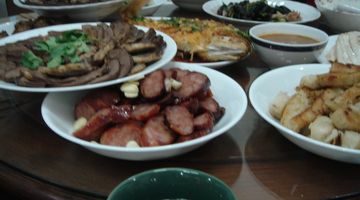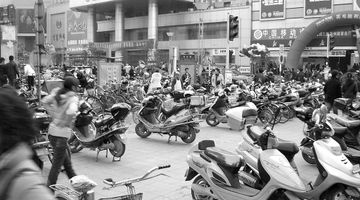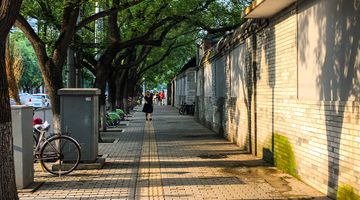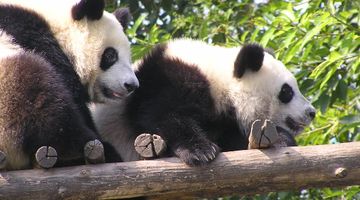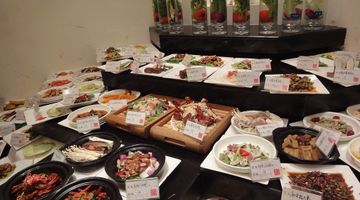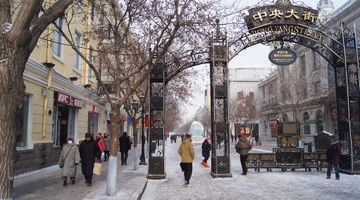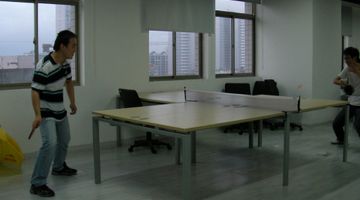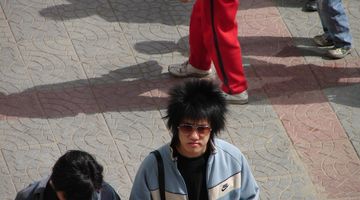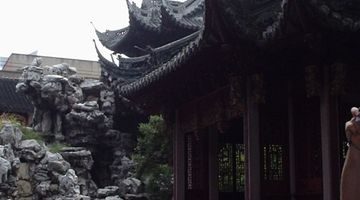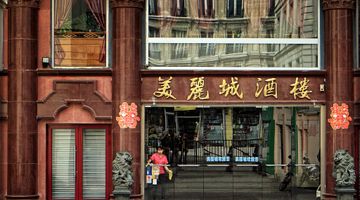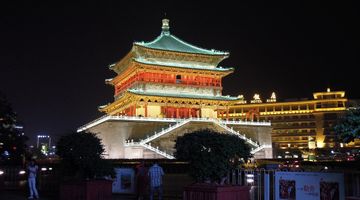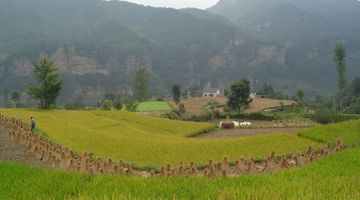Food in China: What, Where and for How Much to Eat
Introduction to Chinese food
China has four traditional styles of cuisine, Chuan, Lu, Huaiyang and Yue. These represent the four compass points of north, south, east and west. China has eight styles of modern cuisine; Sichuan’s style of cuisine has evolved from Chuan in the west of China and is considered to be among the spiciest food in the country. Shandong located on the coast of the Yellow Sea has developed from the Lu style of traditional cooking and features meat, fish and vegetables using light aromas and a fresh taste.
Huaiyang cuisine is now used in Jiangsu and Anhui provinces. In the Jiangsu style the meat is cooked until soft and can easily be separated from the bone. Soups and seasonal ingredients are important factors in Jiangsu cuisine. Anhui cuisine is similar to that of Jiangsu with the addition of wild herbs. Yue cuisine has evolved into the Cantonese style of Guangdong province. Chefs from this region are highly sought after and Cantonese style food most closely resembles the Chinese food you would buy in a Chinese restaurant in a western country.
Fujian cuisine is also called Min or Hokkien cuisine and originates from the provinces capital of Fuzhou city. It is noted for its light flavour while being soft and tender. It uses a combination of seafood and woodland ingredients such as local mushrooms and bamboo shoots. Zhejiang cuisine is also called Zhe and originates from the provincial capital of Hangzhou. Zhe cuisine is mostly seafood, not greasy like lots of Chinese food; it has a fresh flavour with a salty taste due to its proximity to the sea.
Hunan cuisine or Xiang cuisine is noted for its hot and spicy flavours and has similarities to Sichuan food.
Options for vegetarian food in China are limited to the major cities. Chinese people will ask why you do not eat meat if you explain you are a vegetarian. The concept of vegetarianism seems strange to many Chinese people. Restaurants can offer dishes such as tofu, but do not be surprised if you order a dish of vegetables to be cooked with animal fat or even garnished with some meat.
What to eat in China – 10 Chinese delicacies
1. Sweet and Sour Pork
This dish has big variations across the different regions of China. It is a traditional food in Guangdong province and it will be similar to the style served in western countries. In Harbin in the north east it is served as large sized pork balls cooked in a batter, difficult to eat with chopsticks. The rest of China will serve this dish using small sized pieces of meat and vegetables. Variations include chicken and fish.
2. Kung Pao Chicken
This is a traditional meal in Sichuan province and is a popular food for both locals and visitors. It is made with small pieces of chicken, onion, peanuts and dried chili.
3. Ma Po Tofu
This is a traditional food of Chuan cuisine and has been in use for over 100 years. The word ‘Ma’ means hot and spicy and that taste comes from the condiment of powdered pepper often used in Chuan cooking. Not really a vegetarian option as the tofu is added to ground beef and chopped onions.
4. Wontons
Wontons have been a famous food in China since the Tang Dynasty of 618-907; they are an important part of the history of China’s food culture and are traditionally eaten at the winter solstice. They are triangle shaped pieces of pastry filled with minced pork or diced shrimp, boiled and served in a soup.
5. Dumplings
This traditional food has over 1800 years of history and were originally a local food of northern China, they are now a popular food all across the country. They are minced meat, usually pork although beef, chicken or shrimp can be used and combined with vegetables inside a thin skin of dough. They are steamed, boiled or fried. They are traditionally eaten on the eve of the Spring Festival.
6. Chow Mein
There are several regional variations of this dish and every region will claim that theirs is the best. Originating in the south it is stir fried noodles with meat, onions and celery.
7. Beijing Roast Duck
Many Beijing people think this is the national dish of China. The sliced meat is eaten with pancakes, a sweet bean sauce and garlic. There are lots of regional variations of this dish.
8. Steamed Buns
Steamed buns or Bao Zi are a popular food eaten for breakfast, they are filled with lamb, beef or vegetables. As you bite into them the juices of the filling are released, this filling can be very greasy and hot so some care is needed to avoid spillage onto you or your clothes.
9. Hot Pot
The best hot pot in China is found in the city of Chongqing, and it is very hot due to the spices used. You order your food (meat, fish, vegetables, bread) it is brought to you and you cook it yourself in the pot of hot soup in the centre of your table. Lots of restaurants give the option of a split pot, one side spicy the other not. Hot pot is a social meal best accompanied with a beer or two.
10. Barbeque
The Chinese barbeque or Shaokao is one of the many styles of street food available, the stalls are usually set up in the evening with seating and tables, people will arrive eat skewered meats, fish and vegetables often over several hours while playing cards or other pastimes until late into the night. It originated in western China and has spread to all regions with its spicy creations.
China’s 5 most popular drinks
1. Baijiu
Baijiu is a strong distilled alcoholic drink with an alcohol content greater than 30% and has similarities to vodka. It is often called wine by Chinese people but it is not wine but strong liquor.
2. Beer
Most beer produced in China has derived from Russian or German breweries that were established in the north east during the early 20th century. Most Chinese beers are pale colored lagers with Qingdao (Tsingtao) and Harbin being the most famous.
3. Coconut Milk
This popular canned drink is made from the meat of the coconut with milk, water and sugar added to give it a thick consistency. This incredibly sweet drink is mostly drunk in the south of China.
4. Chinese Tea
There are more than 60 varieties of Chinese tea available using traditional Chinese methods within the processing procedure. Tea is drunk at all times throughout the day, during meals, as an alternative to plain water, for health reasons or just for pleasure. Tea shops are a good way to relax for a few hours and remain popular throughout the country.
5. Pearl Milk Tea
This is one of the most popular drinks, particularly among the younger generations. It has small bubbles of a tapioca jelly included in the sweetened milk tea that has a slight bitter aftertaste. This tasty drink has recently been exported to Europe and the USA.
Food prices in China
In China the food prices vary considerably between what you might pay in the major cities like Beijing to what a similar meal would cost in a restaurant in a small city. You can buy street food such as a barbeque or snacks from just CNY 2 or 3. A meal of spiced lamb served in flat bread will cost just CNY5 from a street vendor.
Local budget range restaurants can feed you for under CNY30, while high class restaurants can cost over CNY 100 per person. There are several options for western food particularly in larger cities. At fast food outlets you can buy a meal for CNY25, while pizzas will cost you in excess of CNY 60.
Is it safe to eat here?
Generally eating in China is safe and your health should not be at risk, however one thing to be aware of is if you suffer from food allergies then that could cause problems. The majority of food is cooked to order so it is freshly cooked, however some of the food is not stored to the same standards as you might be used to, that can be a shock to some visitors. If a restaurant is busy, it is because it has good food, if the restaurant next door is empty; there is a reason why local people are avoiding it. Chinese food is very spicy, some of the spices used could result in upsetting your stomach because your body is not used to such foods. Ask for non-spicy food if you do not like your mouth feeling like it is on fire.
Different types of restaurants in China
There are several different restaurant types in China to suit all budgets. The cheaper restaurants will serve only noodles, or only rice meals. These tend to be very popular particularly among the poorer members of China’s working population. Another option at the lower end of the scale is a Chinese buffet where you are given a plate or tray and this is weighed at the cashier’s desk and the cost is determined by the weight.
The middle range of restaurants includes hot pot or other restaurants such as those with a revolving centre on the table where you pay CNY 20-30 for each dish you order. A typical meal for two will cost CNY80-100. The top of the range restaurants are generally used for occasions such as weddings, birthdays, important business functions etc and the food will be among the best and highly priced with several dishes ordered by the host of the occasion.
Learning how to cook Chinese food
There are some cooking classes and weeklong culinary schools available in China, these include ‘cooking in Yangshuo’ close to the city of Guilin in Guangxi province, with single classes up to a week of learning prices vary depending on your requirements. China highlights offer several multi city culinary tours, with prices including flights and hotels from CNY11, 000. While in Shanghai you can learn how to cook dumplings from CNY83.
Tips on how to eat Chinese food like a pro!
Learn how to correctly use your chopsticks before you arrive, if you cannot use chopsticks you may be offered a spoon, knives and forks are generally not seen in Chinese restaurants. Even if you order non-spicy food you may still receive spicy, always have some yoghurt with you, it helps to quell the spicy fire.
Slurp your soup loudly (you are permitted to use spoons for soup), while eating fish or meat containing bones it is normal practice to put them directly onto the table. When making a toast, hold your cup or glass with two hands, it is a show of respect. If you eat all the food your host will assume you are still hungry and order you more food, if you have finished eating leave a little food in your bowl. Do not put your chopsticks into your bowl, place them across the top of your bowl.
